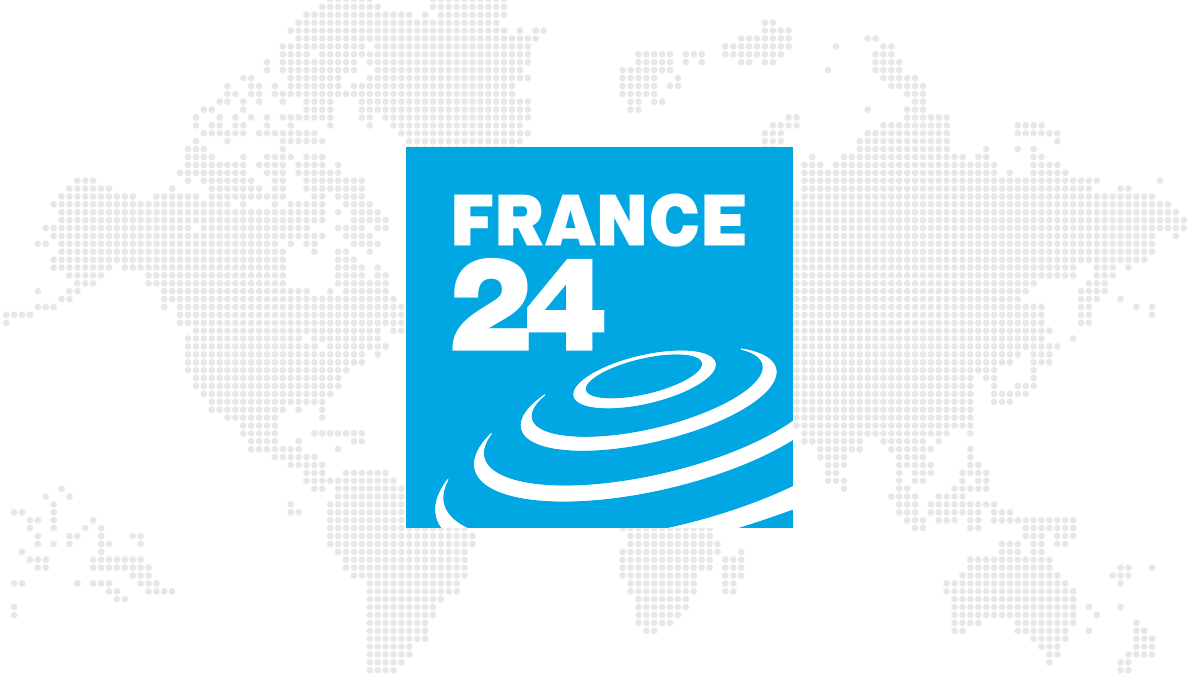Paris (AFP)
Through the laureates of the scientific Nobel prizes, it is also their universities that are rewarded.
And in this competition, the United States and its prestigious faculties are carving out the lion's share.
Since their first presentation (1901 for physics, chemistry and medicine, 1969 for economics), these prizes have rewarded 710 researchers, for 445 works, according to an AFP database built from data collected on the official Nobel website (nobelprize.org).
If Americans are by far the first nationality represented (252 laureates born in the United States, or 35%), the domination of American universities, where researchers of all nationalities work, is even stronger: 57% of the work rewarded (254 out of 445) were represented by at least one American university affiliate at the time of the award.
Once again this year, out of the five awarded works, four honored American faculties, foremost among which is that of California in physics and chemistry.
The Californian establishment arrives at the top of the historical list of universities honored with the Nobel, with 38 prizes (including 13 in chemistry and 12 in physics).
Its first laureate was the physicist Ernest Lawrence in 1939 for the invention of the first cyclotron, a particle accelerator whose modern versions are still widely used today, especially in medicine for the diagnosis of cancer.
Harvard is on the second step, with 33 awards (including 11 in medicine and 8 in physics).
First non-American university, Cambridge (United Kingdom) completes the podium, with 28 Nobels (including those obtained by the Cambridge Molecular Biology Laboratory).
Of the 12 universities with more than ten awards, nine are American, including Stanford (23 awards), MIT (20) and the University of Chicago (19).
Besides Cambridge, only the Max-Planck Institute (Germany, 22 prizes, including two this year) and Oxford (United Kingdom, 10, including one this year) manage to fit in among their American competitors.
The ranking of universities differs according to the awarded specialty.
Rockefeller University dominates the Nobel Prize for Medicine, with 13 awards, including that of Charles Rice this year, rewarded with two other laureates for the discovery of the hepatitis C virus. Follow Harvard (12) and Cambridge (7).
The Institut Pasteur (France) is also well ranked in medicine, with four awards, the most recent of which was received in 2008 by Françoise Barré-Sinoussi for her participation in the discovery of HIV.
The University of California leads in chemistry (13 awards) and physics (12).
The podium is completed by the Max-Planck Institute (12 prizes) and Cambridge (11) in chemistry, by Stanford (10), the California Institute of Technology and Harvard (8 each) in physics.
Finally, in economics, the University of Chicago has the most awards (12), ahead of California (8) and Harvard (7).
Apart from the prestigious institutions already mentioned, several other establishments have been successful recently.
Since 2010, the Howard Hughes Medical Institute has won the most Nobel Prizes (6, including 3 in chemistry and 3 in medicine).
In France, the University of Strasbourg has made a name for itself, with three prizes (2 for chemistry, 1 for medicine).
© 2020 AFP

